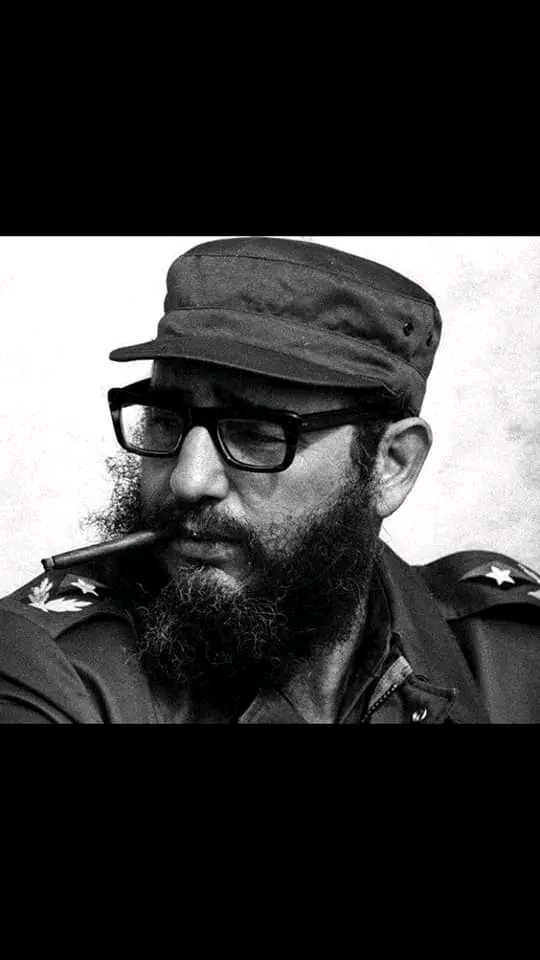Fidel Castro, the former Cuban leader, reportedly survived 634 assassination attempts orchestrated primarily by the CIA. These attempts spanned from the early 1960s until the 2000s, reflecting a relentless campaign to eliminate him due to his defiance against U.S. interests in Cuba.
The CIA’s efforts included a range of bizarre and elaborate plots, such as poisoning his cigars with botulinum toxin and attempting to use an explosive seashell during his scuba diving excursions.
One of the most infamous plots involved the exploding cigar, where the CIA aimed to deliver cigars laced with poison. Although the cigars were prepared, they never reached Castro, highlighting the operational failures of these assassination attempts.
Another notable scheme was an attempt to infect Castro’s diving suit with tuberculosis, which also failed due to prior knowledge of the plot.
The CIA collaborated with organized crime figures like Sam Giancana and John Roselli, who had their own motives for wanting Castro dead after losing lucrative gambling operations in Cuba.
Despite these high-profile partnerships, many assassination attempts were thwarted by Castro’s vigilance and intelligence network, which included double agents who informed him of impending dangers.
The Church Committee in the 1970s documented at least eight confirmed attempts between 1960 and 1965, but estimates suggest that hundreds more were planned or executed without success. The sheer volume of these plots illustrates the obsession that U.S. officials had with removing Castro from power during the Cold War.
Ultimately, Castro remained a resilient figure, often humorously remarking that if surviving assassination attempts were an Olympic event, he would win gold. His survival not only solidified his status as a revolutionary icon but also underscored the complexities of U.S.-Cuba relations throughout the 20th century.
As we reflect on this extraordinary chapter in history, one must ponder: will there ever be a man who will survive such assassination attempts again?

